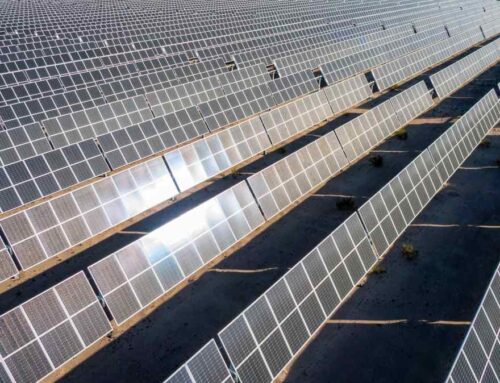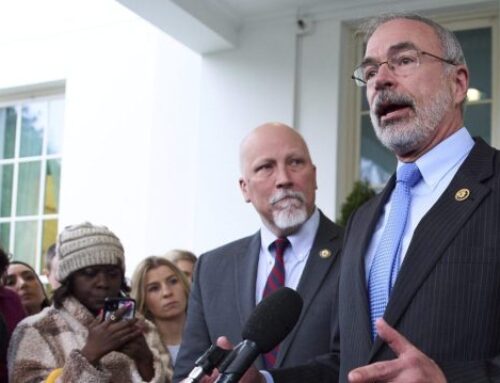BNamericas – Why Brazil’s renewable energy market remains…
June 6, 2025
Despite structural and regulatory challenges, the renewable energy generation market in Brazil remains attractive, according to Muched Nassif, renewables and power VP at Rystad Energy in Latin America.
The consultant believes that solar energy, in particular, continues to be especially competitive compared with hydropower and gas-fired thermal plants, thanks to the overall reduction in the cost of inputs and equipment.
In the interview, Nassif said he thinks the Brazilian government may still hold the backup capacity tender this year but is likely to postpone the first battery auction to 2026.
BNamericas: Brazil has been dealing with curtailments and denials of access to new projects in the transmission grid. How does this affect energy generation investments?
Nassif: It’s important to highlight that Brazil has abundant natural resources and growing demand. So, we expect investments to continue, especially in the renewables sector because of strong market fundamentals. The free market will remain the main business environment, and renewables are more cost-competitive than other alternatives.
Curtailment is a problem that’s here to stay; it’s a new business risk that all renewable developers have to take into account. But this issue should be mitigated as new transmission lines are commissioned.
Overall, the business environment is favorable because Brazil not only has resources but also a solid regulatory framework. We expect an appropriate regulatory design to be implemented for the integration of batteries, which can provide a quicker response to curtailment. This is a new growth avenue that should expand significantly in Brazil.
BNamericas: Do you believe the first battery auction could still happen this year?
Nassif: It’s very unlikely. We expect regulatory work to be done, probably a public consultation, until a consensus is reached, and that takes time. The auction will likely take place in the second half of next year.
BNamericas: And what about the backup capacity auction, which has been canceled? Is there still a chance it will be held in 2025?
Nassif: Yes, we expect a solution to be reached this year because it’s very important. We know there’s a need for capacity by 2028, and bringing a gas plant into operation within three years is a very challenging timeline.
BNamericas: Brazil is also facing an energy surplus, mainly from renewables. Do you still see an attractive environment for investments in this area?
Nassif: Generators have been seeking alternatives to create additional demand, such as data centers and green hydrogen, but these developments don’t happen that quickly. Despite the challenges, renewable project capex has been falling as China increases its production capacity of polysilicon and other components for solar energy, which results in a lower levelized cost of energy [LCOE] compared to other sources.
The potential for new hydro plants in Brazil lies mostly in the north region, which is a more environmentally sensitive area. These are projects without significant waterfalls, so you’d need to flood huge areas and there are logistical challenges. Therefore, the focus on renewable growth is grounded in competitiveness.
BNamericas: But what about the provisional measure related to power sector reform – doesn’t it pose challenges for renewables?
Nassif: It does have an impact, but not in a fundamental way when compared with other alternatives. Today, nuclear energy is extremely expensive. Angra 3 is costly and takes a long time to become operational. As for gas, new plants are expected to operate with a very low capacity factor, and if they run at base load, they become extremely expensive.
The idea behind the provisional measure is to open the market to low-voltage consumers. This will lead to more migration from the regulated market to the free market, creating more demand and, consequently, more opportunities for new projects.
There’s also another growth avenue: the electrification of the light vehicle fleet. There are challenges, particularly regarding charging infrastructure in the short and medium term, but looking 10 years ahead, we already see [a more significant] fleet electrification.
BNamericas: Do you see this growth potential even with Brazil’s strong biofuel capacity?
Nassif: Yes, we’re already observing a decline in battery capex, so this should result in lower costs for electric vehicles for end consumers.
BNamericas: And what about heavy-duty vehicles?
Nassif: This will happen for buses. For heavy-duty freight vehicles [trucks], I do believe biofuels may play a more permanent role.
BNamericas: What are the prospects for the distributed generation market?
Nassif: What we’re seeing now is the gradual removal of one component of the TUSD [distribution system usage fee], but this is still a small part of the final power rate cost. Meanwhile, the capex for new plants has been falling. So, distributed generation remains very economical and attractive.
Search
RECENT PRESS RELEASES
Related Post




